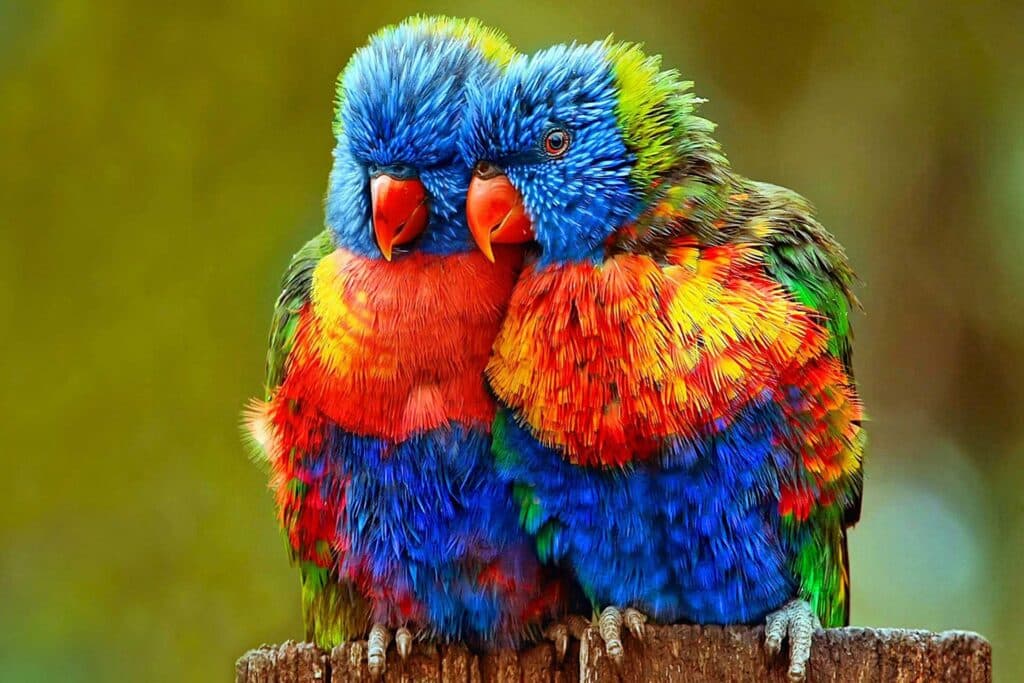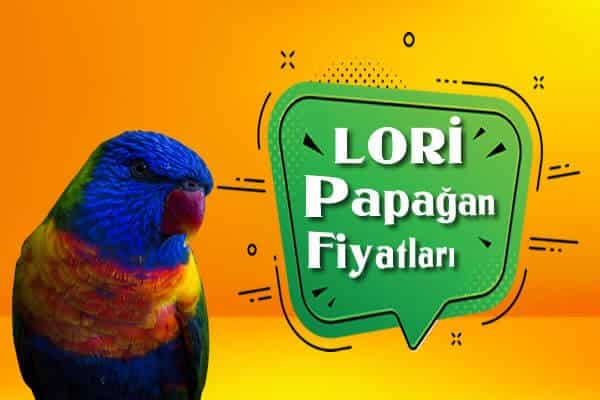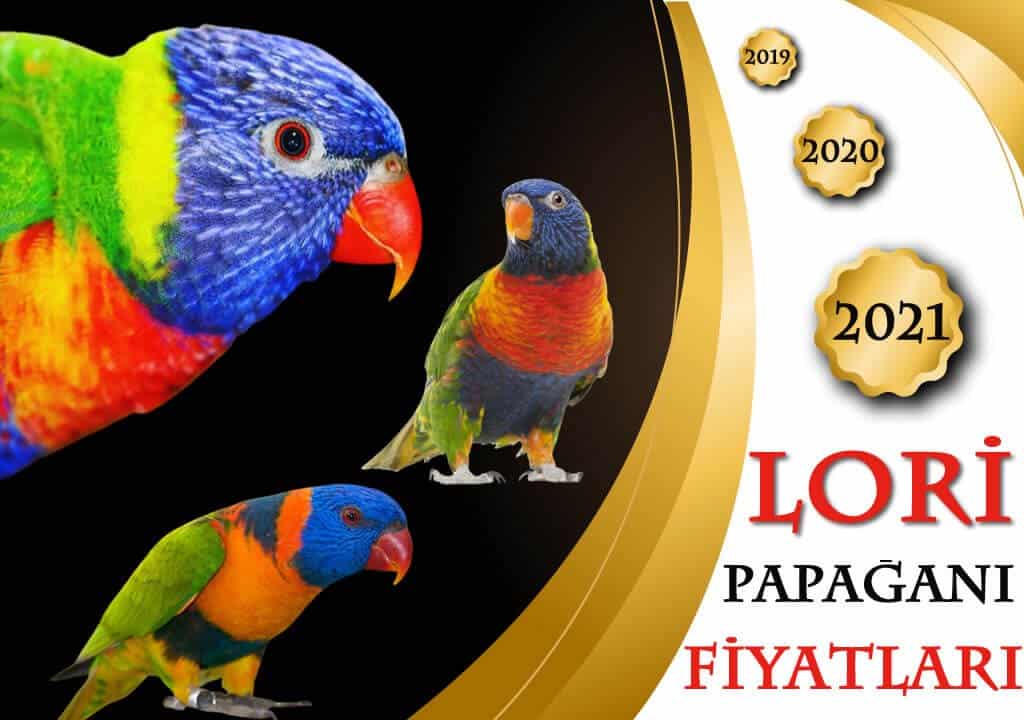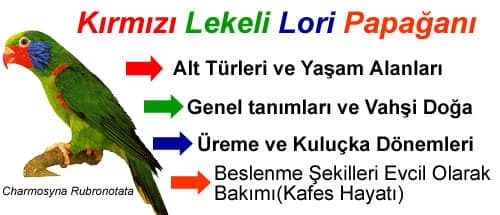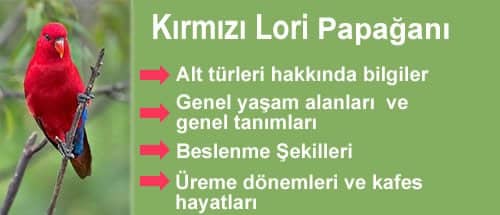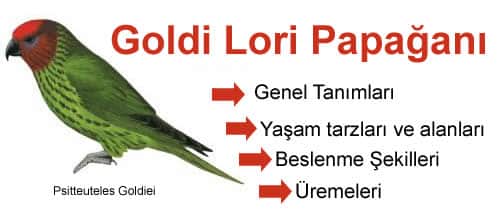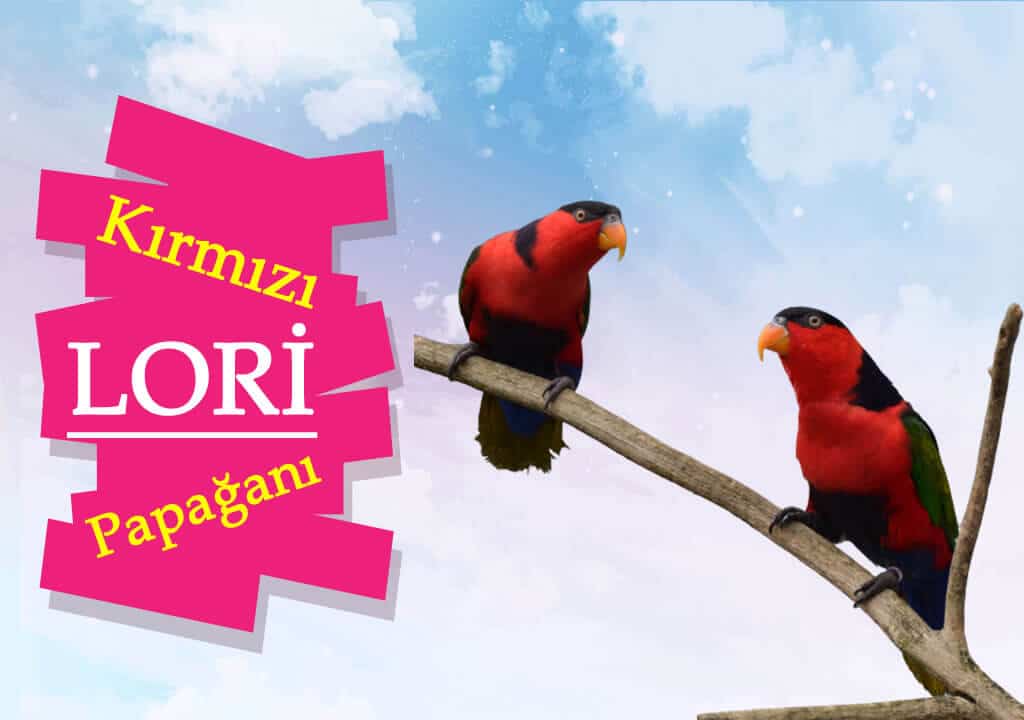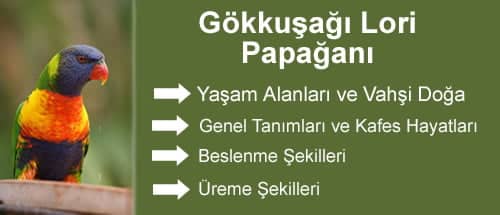Blog
Duyvenbode Lori
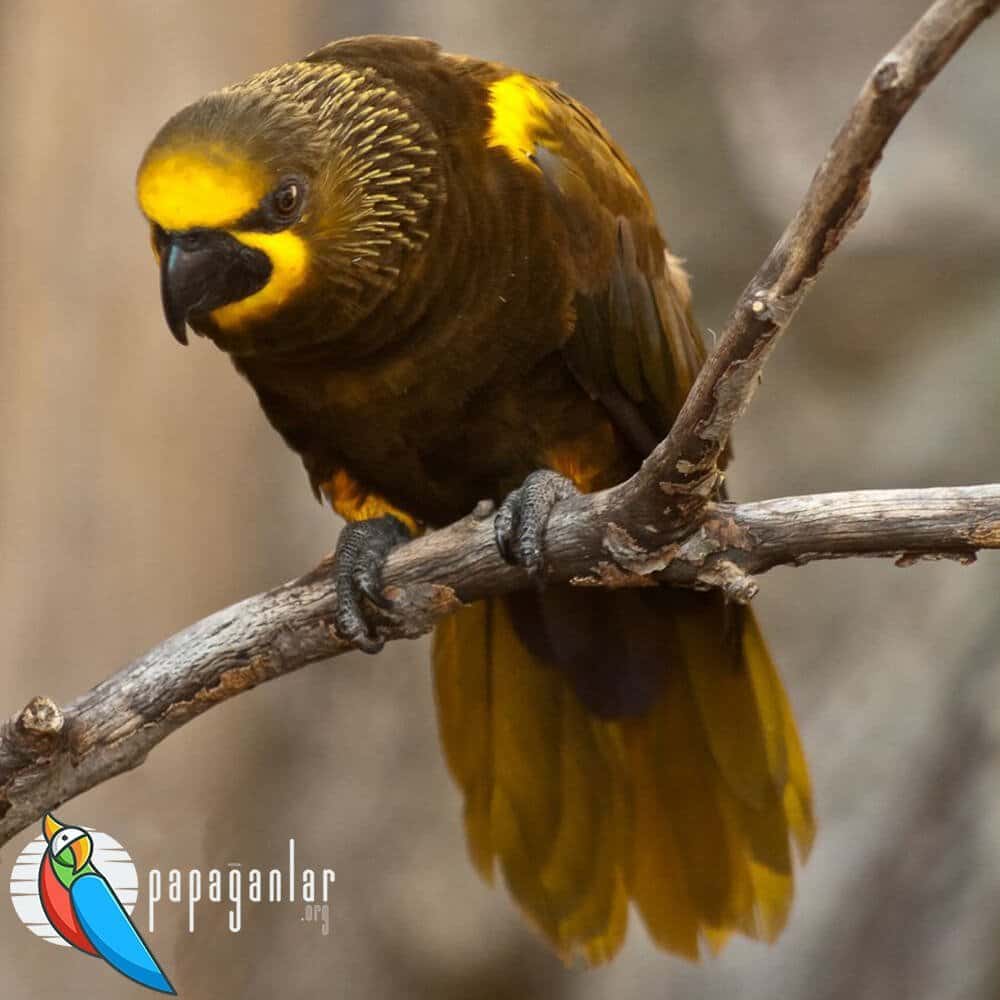
Duyvenbode Lori (Chalcopsitta Duivenbodei)
class=”kirmizi”>Sub-Types
- C.D. Duivenbodei
- CD. Syringanuchalis? (According to Forshaw, it was accepted as a subspecies with no certainty. Because the geographical distribution areas of the two subspecies are very intertwined and many different features are observed in terms of appearance.)
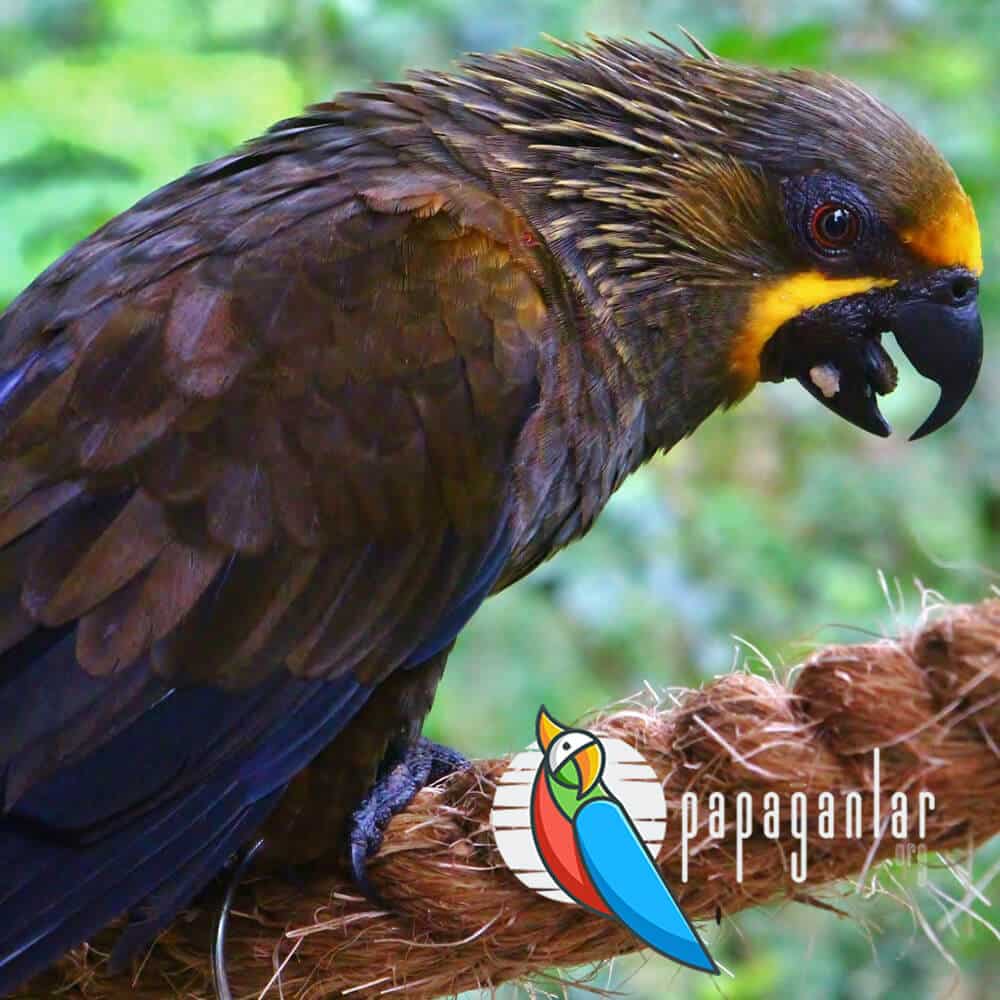
Living Areas
They are common on the northern coastline of Papua New Guinea. They live there in forested flat areas and tropical climates with a height of up to 200 meters. One of the limited life information known about them is that they live in pairs or in small groups in residential areas. What is generally known about Lori parrots is that they mostly live on trees and make their nests here. They very rarely land on the ground and also move from one area to another in search of forage in large groups.
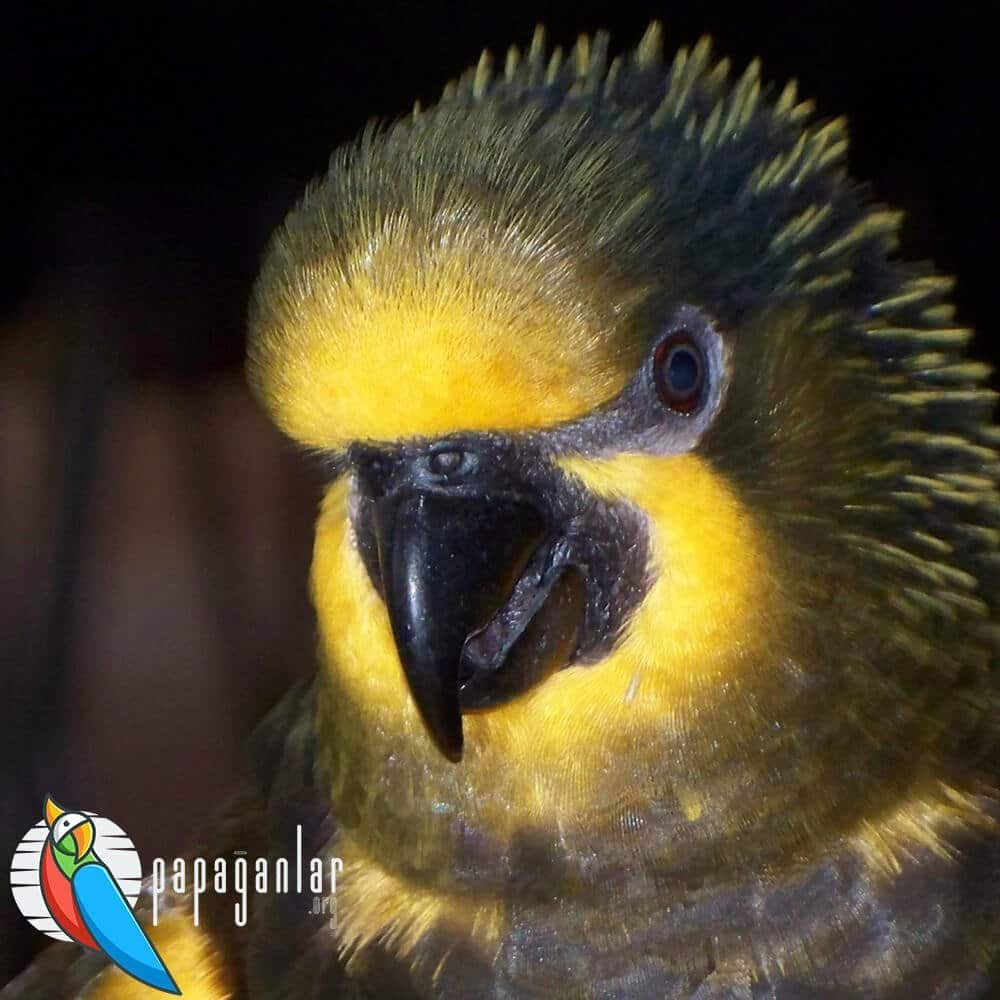
Duyvenbode Lori Parrots in General
It has a size of about 30 centimeters. Its main color is dark brown and partially metallic blue. It has a reflection that looks bright. Under the beak, above the nose and around the eyes are black in color and hairless. The front forehead and cheeks are yellow to slightly black in color.

White striped feathers are seen on the neck and nape. Wing margins and undersides are golden yellow. There are also yellow reflections on the chest feathers. The feathers on the inside of the legs are also golden yellow. The underside is bluish black. Towards the tip of the tail, it first turns red and then yellow.
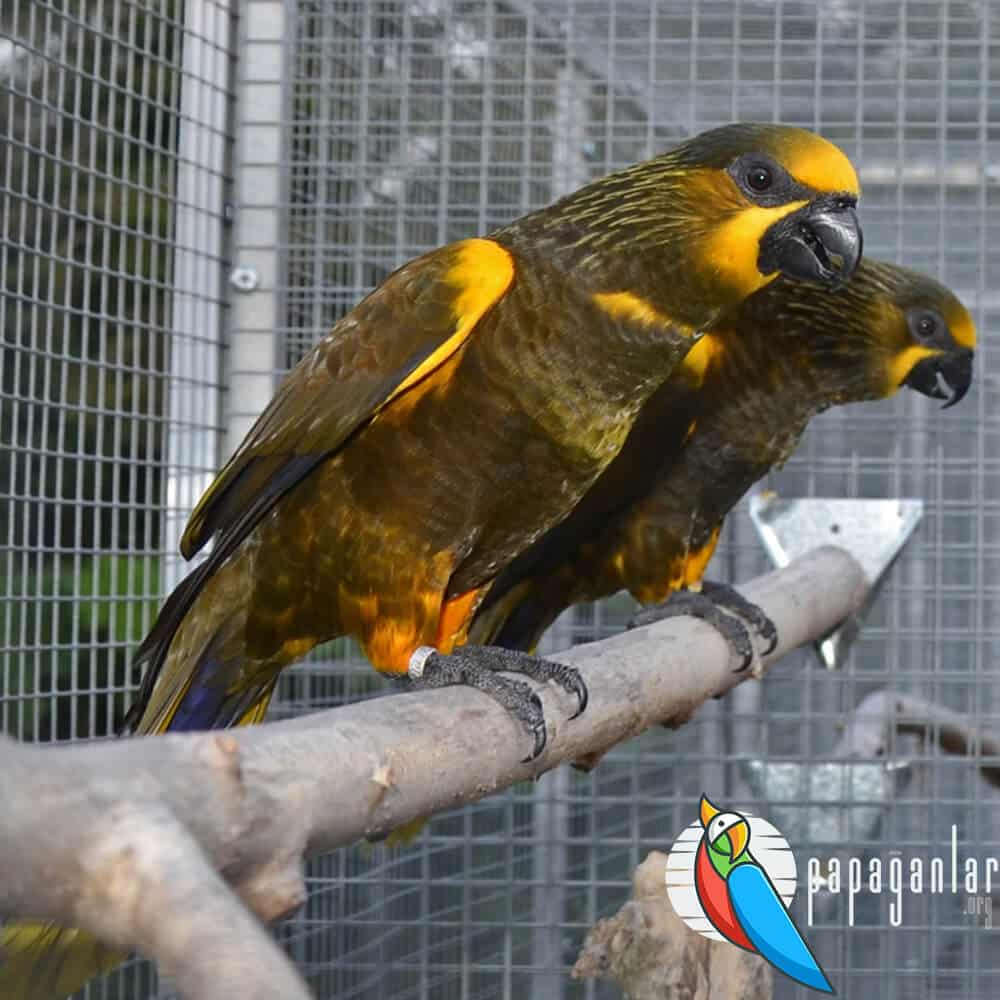
It has a black beak and feet. The iris of the eye is reddish brown. CD. In the subspecies Syringanuchalis, the colors are the same, but in a darker tone.
It is not possible to distinguish gender from external appearance. Male and female are the same color. Young birds have a chance to distinguish easily from the whitish color of their hairless regions, apart from their more pointed tail tips.
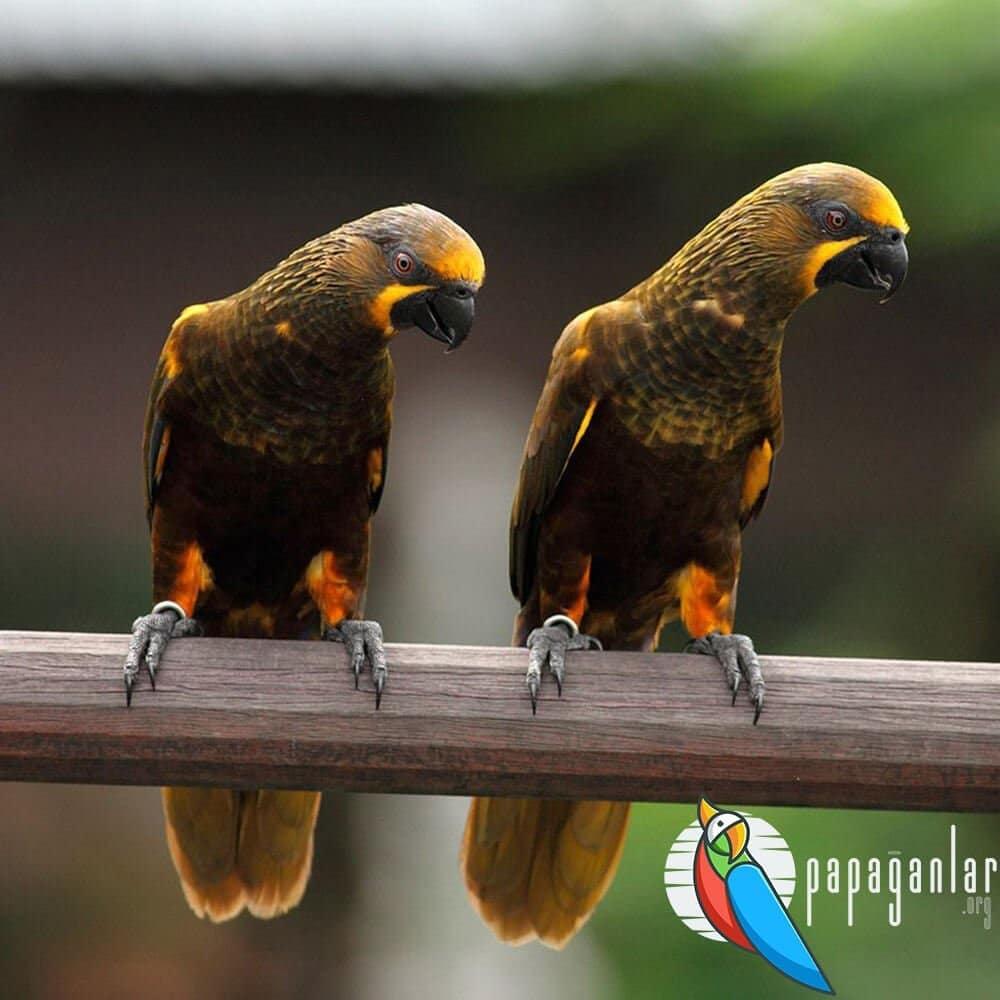
Duyvenbode Parrot Nutrition Patterns
The anatomical structures of lories are actually the same as other parrot species in general. However, the special and striking point in these is the language structures in different forms. These tongues are more suitable for feeding on fruit pulp and pollen of flowers. It is designed so that they can eat and consume more liquid and soft foods. The shape of their tongue is more like a brush when viewed from the outside.

Although their main diet consists of pollen from flowers, lorikeetsalso eat fruit pulp (fruit nectar) and juicy soft fruits. Thanks to the special tissue on the tongue, the pollen taken is compressed and pressed when pulled inward. It is shaped to be swallowed. Meanwhile, pollen nectar taken at the same time remains in the crop and is then digested there.
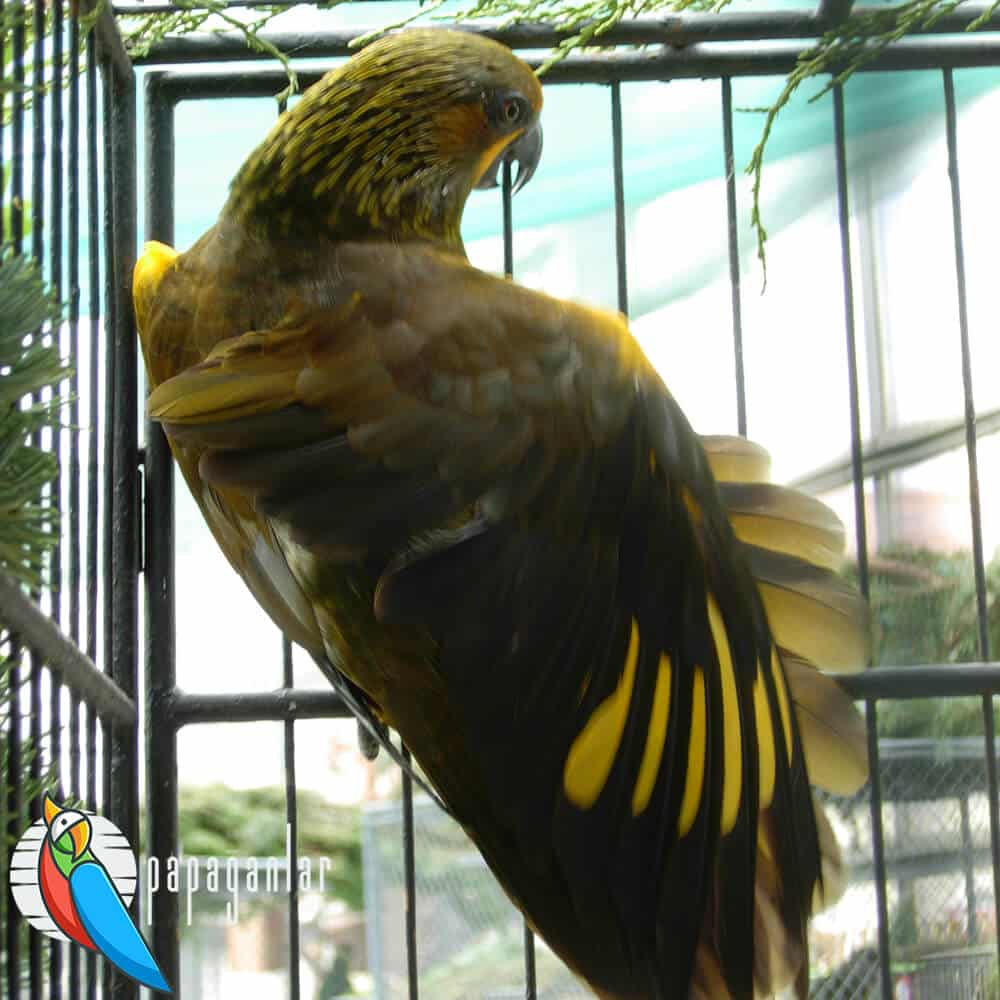
Duyvenbode Lori Parrot Reproduction
According to the information given by Rosemary Low about their production in the cage environment; incubation consists of a maximum of 2 eggs. The incubation period is also about 24 – 26 days. Newly hatched chicks have long white baby hairs on them. The fry begin to fly out of the nest in 11 – 12 weeks. They stay with their parents for a period of 2 months following this. Later they gain independence.
It managed to breed this species for the first time at Walsrode Bird Park in 1977 and has continued to breed successfully at Loro Parque in Teneriffe since then.




